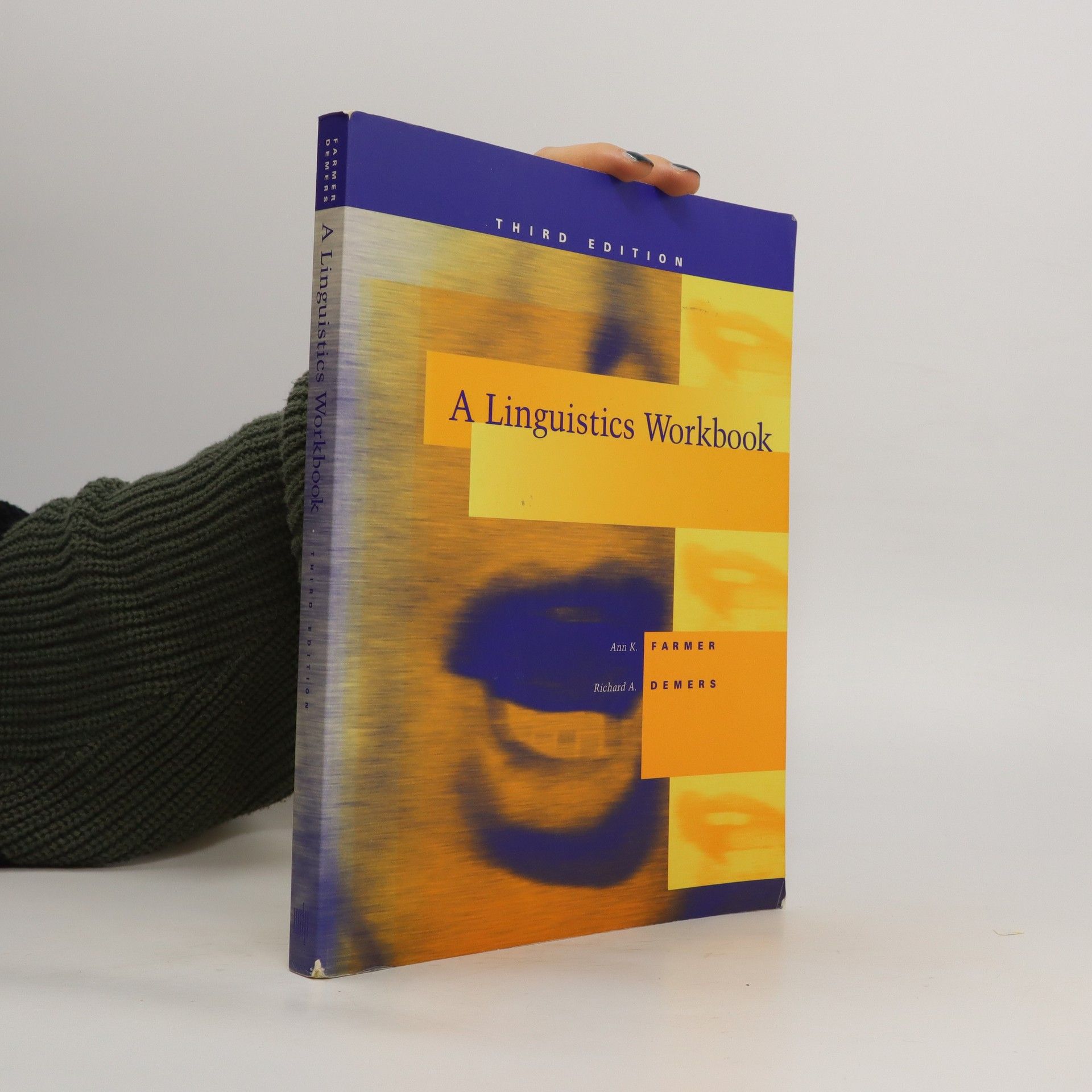Parameter
Kategorien
Mehr zum Buch
This supplement designed for first-year courses in linguistics at the college or junior-college level specifically complements the text Linguistics(which takes its examples from English, while the Workbook focuses on universals and cross-language data), but it can be used successfully with any introductory linguistics text. This new edition has been revised in a number of ways. New exercises have been added, many others have been revised, and a few have been dropped. Some of the exercises have also been moved to create new, more logical groupings. A theme that emerges in this edition is that of addressing principles of traditional grammar (prescriptive rules) in a way that leads students to see the inadequacies of these rules/principles and to reframe the issues with their new-found knowledge in linguistics. Students are thus shown what a prescriptive grammar looks like relative to a specific puzzle they can understand in detail.
Buchkauf
A Linguistics Workbook, Ann K. Farmer, Richard A. Demers
- Sprache
- Erscheinungsdatum
- 1996
Lieferung
Zahlungsmethoden
Feedback senden
- Titel
- A Linguistics Workbook
- Sprache
- Englisch
- Autor*innen
- Ann K. Farmer, Richard A. Demers
- Verlag
- MIT Press
- Verlag
- 1996
- Einband
- Paperback
- ISBN10
- 0262560917
- ISBN13
- 9780262560917
- Kategorie
- Sprachbücher & -lexika
- Beschreibung
- This supplement designed for first-year courses in linguistics at the college or junior-college level specifically complements the text Linguistics(which takes its examples from English, while the Workbook focuses on universals and cross-language data), but it can be used successfully with any introductory linguistics text. This new edition has been revised in a number of ways. New exercises have been added, many others have been revised, and a few have been dropped. Some of the exercises have also been moved to create new, more logical groupings. A theme that emerges in this edition is that of addressing principles of traditional grammar (prescriptive rules) in a way that leads students to see the inadequacies of these rules/principles and to reframe the issues with their new-found knowledge in linguistics. Students are thus shown what a prescriptive grammar looks like relative to a specific puzzle they can understand in detail.


